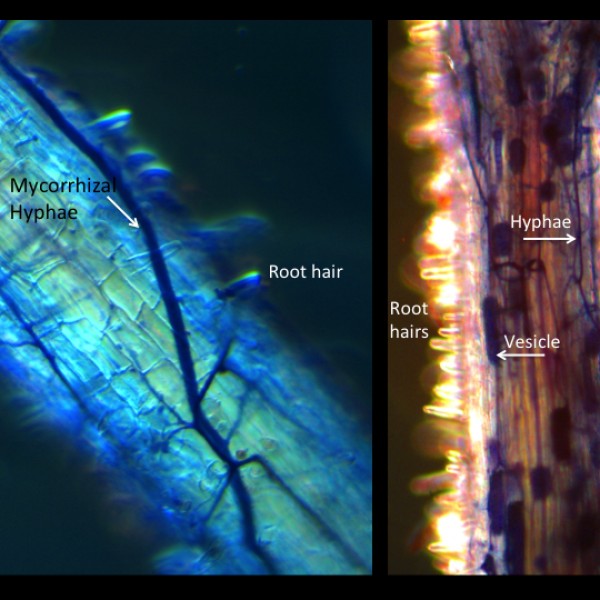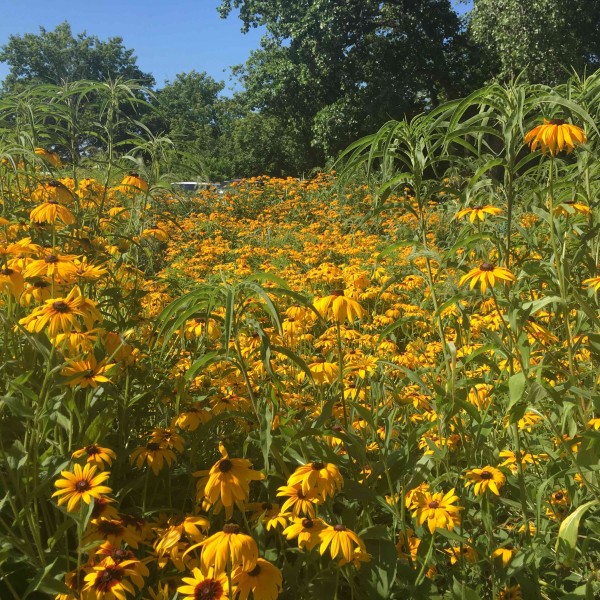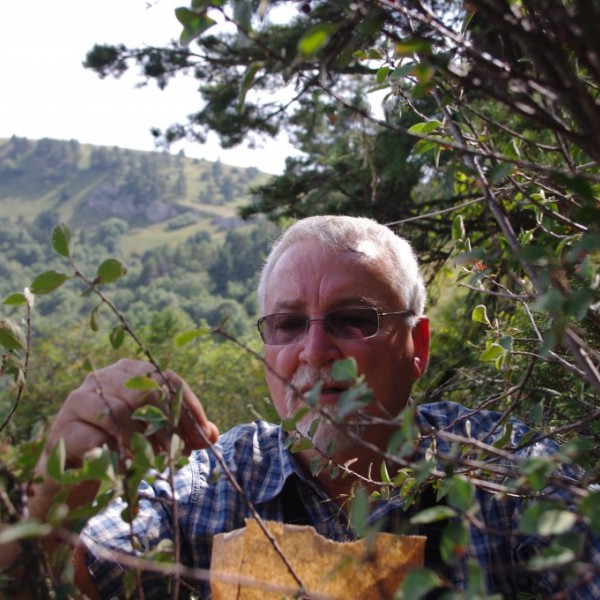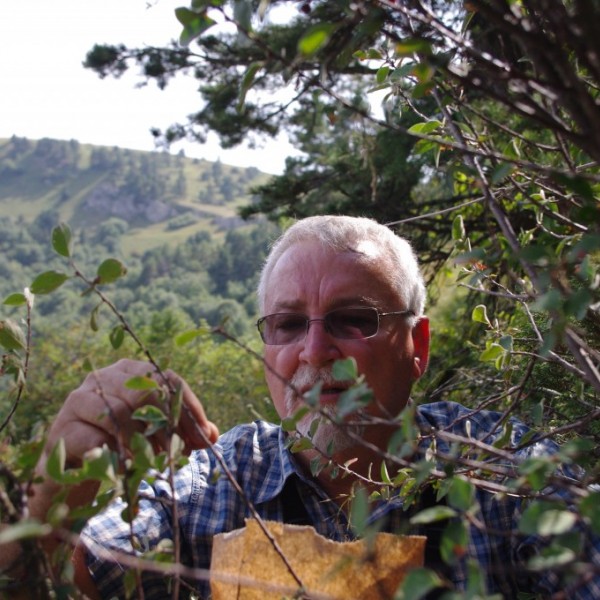
Conserving the Euro-Siberian populations of Strawberry Tree 2019
CBG greenhouses, lab
Ecology, Soil & Fungal Biology
The strawberry tree (Arbutus unedo, Ericaceae) is an evergreen shrub or small tree with a circum-Mediterranean distribution from Tunisia along the north of Africa, and from Spain to Turkey in southern Europe. The more restricted Euro-Siberian populations in the Republic of Georgia are genetically unique from those in Africa and Europe, and comprise rapidly dwindling populations. Efforts to regenerate the strawberry tree at the National Botanic Garden Georgia (NBC, Tblisi) have been unsuccessful; the seeds germinate readily but the seedlings fail to establish.
The overarching objective of the strawberry tree project is to understand how soil and mycorrhizal fungal factors might limit the establishment of strawberry tree seedlings. Last year, our REU intern Peter Yip demonstrated that the abundance of mycorrhizal fungi, but not soil factors (nutrients, pH), differed significantly between NBC strawberry trees versus strawberry trees in other settings. In fact, strawberry trees in NBC Georgia contained significantly lower levels of mycorrhizal fungi in the roots than did strawberry trees (and closely related species) in other communities. Building on these results, the 2019 REU intern will test the effectiveness of mycorrhizal fungi in the NBC Georgia strawberry trees in promoting plant growth and nutrition. This study will combine greenhouse work and laboratory analyses.



